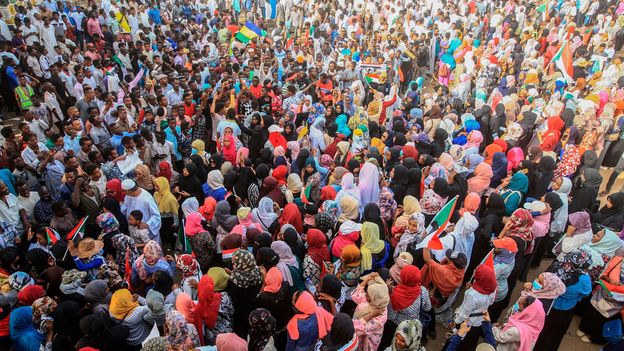The rogue SCOTUS majority's fealty to fascism is dangerous to be sure, but if this all turns violent, that could push us further into fascism more decisively as it would give Trump the justification he'd want to fully implement his desired police state.
Violence, or what you call a hot civil war cannot be the answer. Even if the higher courts don't uphold lower court rulings, there are far more people opposed to this regime than are for it. Peaceful engagement still needs to be the way to band together as we speak out to our communities, to our representation, and to the regime.
As those who fought a decades long fight for civil rights and the full implementation of the 14th & 15th amendments experienced, violence will come from the fascists regardless of the peacefulness of those seeking equality and justice.
The fascists don't need a real predicate to implement a police state. They've already created a fake one, the existence of Black and brown undocumented immigrants, soon to move on to stripping citizenship from naturalized citizens.
@goodreedAJ @heidilifeldman
If entrenched fascism is the guaranteed outcome of not opposing fascism, then the fear of encouraging fascism is a pretty ridiculous basis for not violently fighting fascism when everything else has failed.
This is why violent civil wars have precisely been the answer over and over throughout history. You get swallowed by an intolerable regime, or you fight it. The US literally wouldn't exist without it.
@severtz @goodreedAJ @heidilifeldman
Chenoweth's methods and conclusions strike me as overly simplistic. Her research is premised on the assumption that the violence is chosen and precipitated by the protestors. But it could also be that regimes which are substantially more resistant to change instigate more violence both directly and due to (perceived) refusal to change unless physically forced to.
So the context of the protests needs to be factored in to any analysis of their impact upon the outcome. Additionally, there has long been an intensive effort for those in power to characterize all protests as violent. That makes it much more complicated to factor in the impact of violence upon broader social support at the moment of the protests, compared to years later when the actual facts are clear.
But yes, the US created a system where peaceful protest often worked eventually and after a relatively moderate amount of police/military violence. And now that system has been toppled by the executive, judicial, and legislative branches in the process of surrendering all power to a fascist president.
@me_valentijn @goodreedAJ @heidilifeldman I don't think Chenoweth claims they happened with no violence, just without violence from the protesters.
It seems to me to be likely that violence against peaceful protesters tends to bring out more protesters than violence against violent protesters. As an government soldier or agent, would you be more likely to fire on crowds that are throwing rocks or Molotov Cocktails at you or ones that might include your cousins?
1/2
@me_valentijn @goodreedAJ @heidilifeldman It's hard to characterize all protests as violent, if there are dozens of videos of the opposite. (Although, unbelievably, some people claim Jan 6 was peaceful.)
That said, Chenoweth has also essentially said that "Past Performance is Not Indicative of Future Results" https://www.hks.harvard.edu/centers/carr/publications/questions-answers-and-some-cautionary-updates-regarding-35-rule 2/2 (hope this works!)

Questions, Answers, and Some Cautionary Updates Regarding the 3.5% Rule
The “3.5% rule” refers to the claim that no government has withstood a challenge of 3.5% of their population mobilized against it during a peak event. In this brief paper, author Erica Chenoweth addresses some of the common questions about the 3.5% rule, as well as several updates from more recent work on this topic.
That's something that Heather Cox Richardson has talked about. Protests are important, but they need to be peaceful protests to have a positive impact. As soon as the protestors themselves turn violent, they lose public support, and right now, massive, sustained public support is what we're after.
